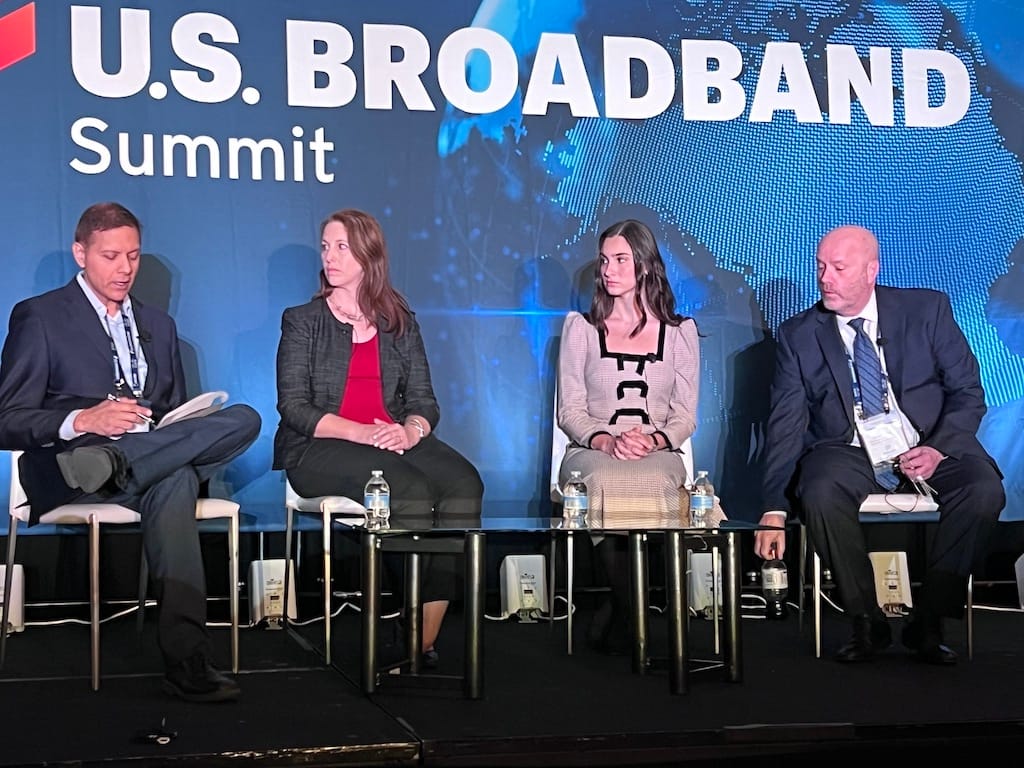The High Cost of Fiber is Leading States to Explore Other Technologies
If the state chose to solely install fiber, underserved communities would be left out, said state broadband leaders.

WASHINGTON, November 17, 2023— The high cost of fiber installation has led states to pursue hybrid fiber models to ensure rural and underserved communities have access to the internet.
Speaking at the U.S. Broadband Summit here on Thursday, state broadband officials expanded on the challenges they face in ensuring broadband deployment.
Sandeep Taxali, broadband program advisor with the New Mexico Office of Broadband Access, said that New Mexico’s $745 million allocation under the Broadband Equity, Access and Deployment program falls short of the $1.3 to 2.5 billion that the state would need for full fiber deployment.
If the state chose to solely install fiber, underserved communities would be left out, he said.
“We want to lead with fiber but we also recognize that advanced fixed wireless and hybrid fixed wireless and fiber and satellite have a seat at the table for the very high cost remote areas where fiber is just going to not allow us to get the mission done,” Taxali said.
Jade Piros, director of Kansas Office of Broadband Development said her state is likely chosing to do 75% fiber model and 25% other technologies. Uncertainty of the cost from broadband providers make it difficult to have a standard cost calculation.
“We have to get everybody connected, and that’s why we require a lot of flexibility in shifting our expectations and the willingness to work closely with providers and be responsive to what they’re telling us,” Piros said.
Edyn Rolls, director of broadband strategy at the Oklahoma Broadband Office, expressed optimism that all of the underserved residents in her state would be reached, despite having what she said was an estimated $500 million shortfall.
“We will find the technologies that are going to be less expensive and achieve the needed model,” Rolls said. “We are trying to reach universal access. That is the goal.”







